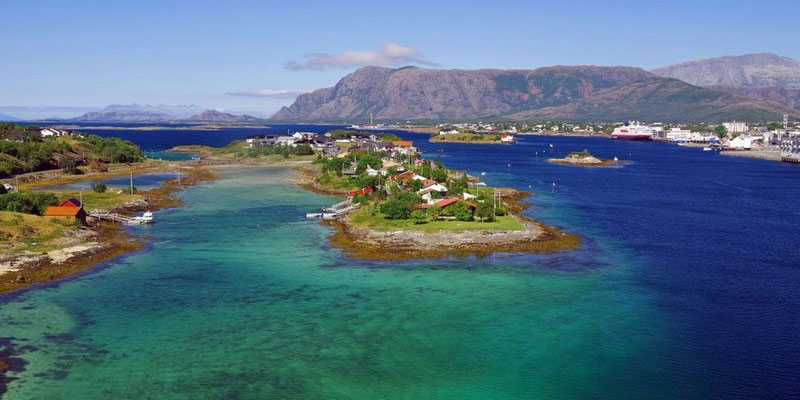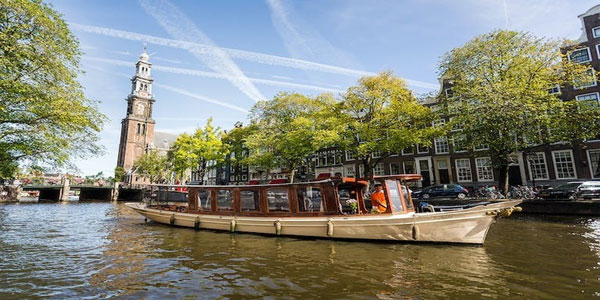Balanced on one foot and leaned over our custom-built, private train, squinting into the noon light for a closer look at a colorful bird sitting on a wire. A fellow traveler's camera was completely zoomed in. Its electric blue color, longish beak, and huge head were all visible, but the light prevented us from making a positive identification. Our argument continued while the train sped ahead, leaving our prey far behind. A kingfisher, perhaps? A kind of woodpecker, perhaps? One of the train engineers overheard our pointless speculation and correctly recognized the bird as a lilac-breasted roller. Having finally found the solution, I checked the bird off my list and relaxed. The Elephant Express is a remarkable 80-Kilometer Safari due to its one-car train that can transport up to 22 guests.
For years, park guards have ridden the maintenance trolleys on these trails

More than four decades ago, when Butcher began working as a park ranger, there was noticeable friction between the parks and surrounding towns. Because of the impact, British colonial troops' original selection of conservation land on later tourist initiatives has made the area more popular with visitors. Officials from what is now Rhodesia stated there weren't many people living in the region that would become Hwange National Park, but this missed the fact that many black Zimbabweans lived in nomadic communities across the park.
Hwange's animal population developed over time owing to the efforts of park rangers and game wardens and Davison's decision to build boreholes to ensure a reliable water supply. The increasing animal population attracted paid hunters and international visitors, but neither they nor their money left the park to help locals. Butcher lamented that rising human and animal populations had increased tensions with locals, who worry that elephants will destroy their farms and lions will kill their livestock. The villagers of Hwange "regarded the animals as belonging to the park" by the time Butcher visited. These creatures affected the villagers' livelihoods but provided no benefit to the community. And in Zimbabwe, where 60% of the population is at risk of going hungry, "nature must pay its way to existing," as Butcher put it.
How to take the Elephant Express

Traveling the 80 kilometers connecting Date Station as well as Ngamo Siding by rail takes between 2 and 3 hours each way. Guests attending Imvelo's Bomani Offers accommodation Lodge or Camelthorn Lodge may arrange to take the Elephant Express as part of attending their transfer service. We stopped numerous times throughout the last 80 kilometers to let elephant families and kudu herds cross paths. We paused to see giraffes feeding in the treetops, zebras, and ibex browsing the grasslands below. More blue-necked rollers, a group of big southern ground hornbills, a tan kingfisher (with an orange beak), and the eerie call of a gray migratory bird led us to its sighting.
Mark "Butch" Metzger, General Manager of Imvelo Safari Lodges, seemed to have a vision that included more than just the spectacular animals of Hwange when he initially explored creating a tourist train in the 1980s and pushed through years much Zimbabwean bureaucracy to make it happen. Instead, he wanted to highlight the significance of local tourism and conservation initiatives in the area while channeling the park's past. From its very beginning, the park had a railroad attraction. Trains in Zimbabwe were first constructed to facilitate trade between the country's interior mining and agricultural centers and the coastal ports of Mozambique and South Africa.
Hwange's precursor, the Wankie Game Reserve, wasn't founded until 24 years after this stretch of railway was completed in 1904. As a result, several British colonial authorities and wildlife specialists questioned the appropriateness of establishing an animal refuge next to an active railway line. Even though the railroad delayed the idea, game warden Ted Davison created the Wankie Game Reserve that same year (1928).
Conclusion
From Date Station, we chugged toward the northeastern boundary of Hwange National Park throughout Zimbabwe. There are 12 people in total. Nine people were on the trip, including two engineers and one guide. Travel from Victoria Falls to the elephant meadows of Ngamo. The Ngamo Plain is located where the increasing Kalahari Desert meets the receding acacia trees. I was squinting into the noon light while drinking a gin and tonic. The bird atop the barbed wire caught my attention, so I leaned against the train's wall to get a better look. Another traveler activated the camera's zoom feature and hit the shutter button. Specifically, we observed a blue bird with an exceptionally large beak and a massive brain. However, the bright sunshine made identification challenging.




